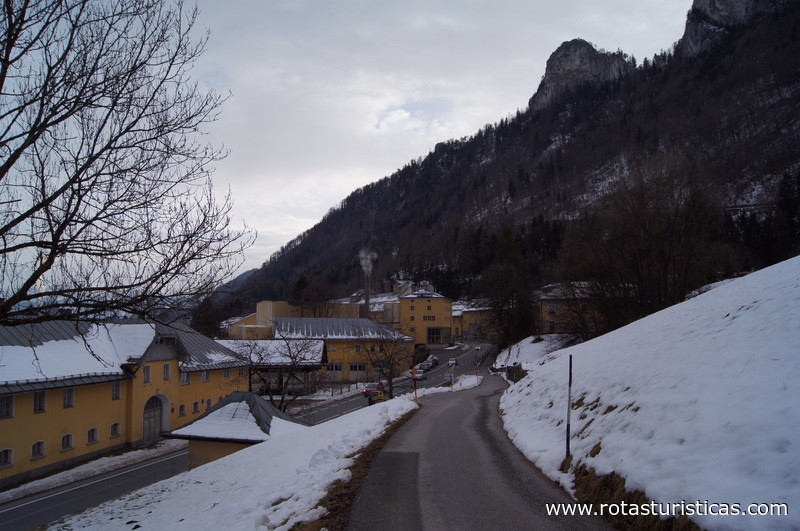Salzburgo, Salzburgo (estado), Austria
Suggest Place to Visit
3783
Track to location with GPS |
 |
The Hofbräu Kaltenhausen was an Austrian brewery that was built in 1475 with the Salzburg mayor and businessman Hans Elsenheimer in the Kaltenhausen district of Hallein. Today the brand belongs to the Heineken Group. On the first company site there is a restaurant and a microbrewery.
In the heyday of the city of Hallein at the turn from the Middle Ages to the modern era, new branches of business were created, including beer brewing. The own source via the brewery in Hallein goes back to the year 1439. The Salzburg mayor and city judge (from 1469 to 1483) Hans Elsenheimer (also: Johann Elsenhaimer) built the later Kaltes Bräuhaus in 1475. The establishment on Hofstatt near Hallein, which is part of the construction of a "prewstadl and cellar" on loan from Prince-Archbishop Bernhard von Rohr. The name Kaltes Bräuhaus can refer to the cold trachea that is part of the storage. The location under the Barmsteinen had a certain access to all other breweries of its time: the only change of wind in the mountain was an air change between inside and outside air. Wind tunnels are interesting rock slabs at different altitudes in the mountain.
After the death of Johann Elsenhaimer (1483), his son Hans became the Elsenheimerische Brauerei zu Kaltenhausen in 1489 and the Prince-Archbishop Leonhard von Keutschach and the brewery thus became the property of the Prince-Archbishop's Court Chamber. Hofbräu Kaltenhausen rights to look after the Salzburg brewery and represent the interests of the bourgeois breweries in Hallein. The Salzburg archbishops heard and promoted the brewery, which, thanks to the set paragraph, represented a certain source of income due to a general ban and as beer from the archbishop's breweries. These have given the archbishop the nickname Lindl-Wirt among the Salzburg population.
150 years later, in 1646, 12,800 buckets of beer were brewed in two brew pans. In the first year the Märzenbier, which is still owned today, was brewed. Even with the following Salzburg archbishops, the brewery was always a personal love. In 1648 there was a branch in the city of Salzburg in the Kalten Brauhaus in the quay (at the Nonntaler Tor).
The position of the Hofbräuhaus Kaltenhausen was strengthened by the beer monopoly (1652-1681). With the Reichsdeputationshauptschluss v. The brewery now became the property of the new sovereign, the first Ferdinand, the Archduke of Austria (until 1806) and then an emperor Franz I of Austria (until 1809). In 1809 it was placed under political administration as part of the coalition wars. In 1811 it became the property of the Bavarian Crown.
In 1815 the Electress Maria Leopoldine von Österreich-Este bought the brewery for 150.00 guilders. Show all Son Maximilian von Arco-Zinneberg distinguishes the brewery from one of the demands of industrial companies of the 19th century. They must be under the modernization of breweries as part of their personal activity. In the Kaltenhausen brewery, the steam engine in the province of Salzburg was used to break the malt. So the Kaltenhausen brewery was active in a large brewery. [7] Hand in hand with the development of the sales area in Upper and Lower Austria and Tyrol. In 1860 he limited his sales to the places around Salzburg and Hallein.
With the introduction of the freedom of trade (1860) and the dissolution of the brewers' guild (1873), the decline of the craft perception of breweries in Hallein became apparent. The reason was partly the overwhelming competition from Kaltenhausen. In addition to Kaltenhausen, there were five other breweries that brew more than 10,000 hl per year, one of which was the Stiegl brewery in Salzburg, which is still ahead today. Kaltenhausen produced more than all five together and had a market share of 35.1% in the province of Salzburg. The brewery has been located in the city of Hallein since 1896.
In 1898 the “Count's Arco-Zinneberg'sches Brauhaus Kaltenhausen” and the Bavarian branch of Deutsche Bank in Munich followed. I said, years later, in 1901, she joined the Kaltenhausen Brewery Corporation.
The first financial years of the young stock corporation were marked by a certain depression. Despite the people's ability to consume and the price of raw materials, which are generated through investments in rationalization and expectations of recruitment. The official conversion to modern generation plants, as well as the processing and securing of sales, were associated with the high capital requirement. As early as 1903, a mortgage loan of 400,000 kroner was taken out. Shortly before the beginning of the First World War, it was about the Bergberg and the position also strengthened by the difference of the Tauern Tunnel in 1906. Sales were also increased through the purchase and simultaneous shutdown. Despite the increase in sales, between 1907 and 1912 there was a loss of profits due to rising raw material prices and wage increases and reductions in working hours.
In 1916 another loan was taken out to acquire the “International Salzburg Breweries”. The breweries concerned were closed and production relocated to Kaltenhausen.
The First World War initially had no impact on Kaltenhausen's sales development. Only the last times of war and the subsequent scarcity of raw materials became the general and quality-related relationships, which then sank to a fraction of the pre-war production towards the end of the war. In 1917, in cooperation with the Stiegl brewery in Salzburg and the Salzkammergut brewery in Gmunden, a limited company for renting the cold storage rooms and the army administration was administered.
1921 is the brewery and the founding company of the former "Braubank AG". These wars in the amalgamation of the Gmunden brewery, Linzer Aktienbrauerei, Poschacher brewery in Linz and the Wieselburger Aktienbrauerei. The basic idea was, through personal planning and through the brewery, through the purchase of to a uniform commercial management and through the control of the uneconomical behavior. In 1925 the company name was changed to Österreichische Brau Aktiengesellschaft, which expresses the legal merger of the breweries. After 300 positions of responsibility in the Salzburg brewing industry, it was overtaken by the Stiegl brewery after the First World War.
The concerns reduced the production of the Kaltenausen brewery by 47% from 1929/30 to 1936. In 1932 the Gmunden brewery was temporarily shut down due to the economic crisis in order to better utilize the capacity of the sister breweries Kaltenhausen and Poschcher brewery. The stable release of the Kaltenhausen brewery has concerns.
In 1998 the Austrian Brau AG merged with Steirerbrau to form Brau Union Österreich AG. Until the summer of 2010, the beers "Kaiser" and "Edelweiss" were brewed on the grounds of the Hofbräu Kaltenhausen. In 2011, the large-scale brewery operations on the premises near Kaltenhausen were discontinued, and today Brau Union Österreich AG is part of the committed Heineken Group. The production was changed and 8 of the 128 employees who will be at the Kaltenhausen site were. Production was relocated to the Zipf brewery and the Wieselburg brewery. Beer is brewed in total (approx. 12 hectoliters per brew was owned by a microbrewery).
The Hofbräu also has a large inn, the Hofbräu Kaltenhausen brewery. It was run from 1989 to summer 2011 with the tenant couple Edith and Anton Haas. On November 22, 2011, this restaurant was newly appointed as the new tenant after a renovation by Hopfen + Malz Kaltenhausen GmbH, a wholly owned subsidiary of Sternbräu GmbH from the city of Salzburg.
The Ruperti-Gwölb is a vaulted hall, its walls and high halls are made of red bricks. Its architecture refers to a Gothic vault. It can accommodate around 150 people. The Ruperti-Gwölb has its own entrance and belongs to the Hofbräu Kaltenhausen. The gastronomic workers enjoying their own brewery inn.
There is also the specialty factory Hofbräu Kaltenhausen, a microbrewery with seminars. The total investment amounted to approx. EUR 1 million.
Like the largest other breweries, the Hofbräu Kaltenhausen switched to bottling in the 20th century. In addition to the returnable bottles locked in Austria with a bottle deposit, possible types of beer are also filled in aluminum cans. Edelweiss beer is also drawn off in 4-liter folds for home dispensing systems. In addition to what is needed for the catering industry, there is also a self-cooling 20 liter keg for end consumers.
The hops for the beers of Kaltenhausen come from Saaz, the Mühlviertel of Hallertau and Slovenia, the malt from the malt house in Liesing.
Former beers:
Kaltenhausen warehouse
Ruperti gold hell
Bischofsbräu double malt
Festbock
In 1967 the brands and varieties of the Brau Union were tightened. The above-mentioned beers are falling victim to this streamlining of the range.
The brewery brewed beers until 2010:
Kaiser beer
Kaiser Märzen
Kaiser Premium
Emperor Pils
Kaiser Radler
Kaiser 2.9
Kaiser double malt
Edelweiss
Edelweiss Hofbräu
Edelweiss yeast cloud
Edelweiss chamois buck
Edelweiss dark
Edelweiss alcohol-free
DLG agreements
Edelweiss Hofbräu
Awarded with DLG Gold contracts in 2008, 2010 and 2011
Edelweis yeast cloudy
Awarded with DLG Gold contracts in 2008, 2009, 2010 and 2011
Edelweiss chamois buck
Awarded with DLG Gold contracts in 2010 and 2011 as well as the European Beer Star Bronze 2010.
European beer star
European beer star in bronze 2009 and in silver 2010 and 2011.
World Beer Cup
World Beer Cup for
Edelweiss Hefetrüb (1996)
Edelweiss Hefetrüb (2000)
Edelweiss Dark (2000)
Comments
We don´t have yet any comments about:
Hofbräu Kaltenhausen
Hofbräu Kaltenhausen
Be the first to leave a comment as it is very important to inform other people
Outros locais a visitar
Within a radius of 20 km from:Hofbräu Kaltenhausen
Keltisches Museum Hallein |
| 1,6 Km |
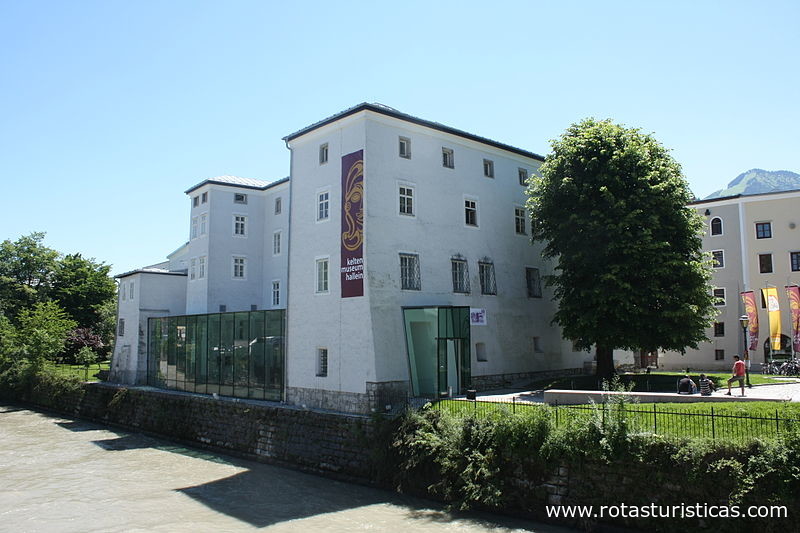 |
Dokumentationszentrum Obersalzberg in Berchtesgaden |
| 7,5 Km |
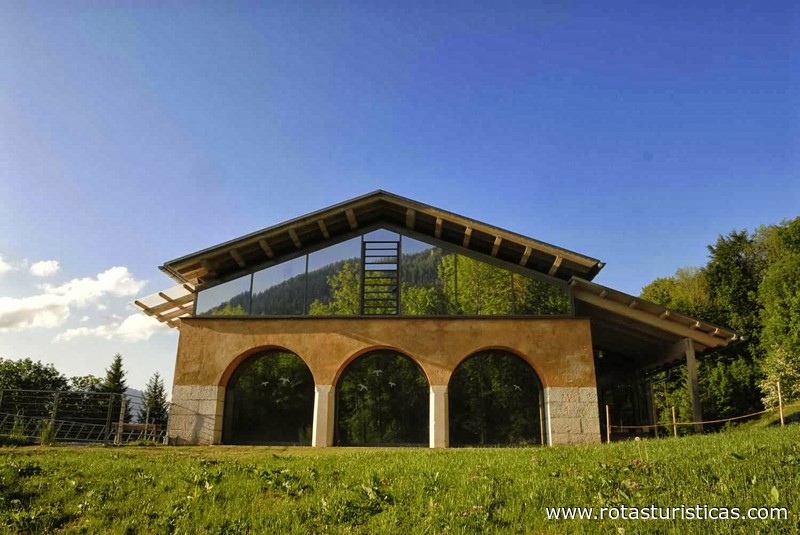 |
Heimatmuseum Schloss Adelsheim |
| 7,9 Km |
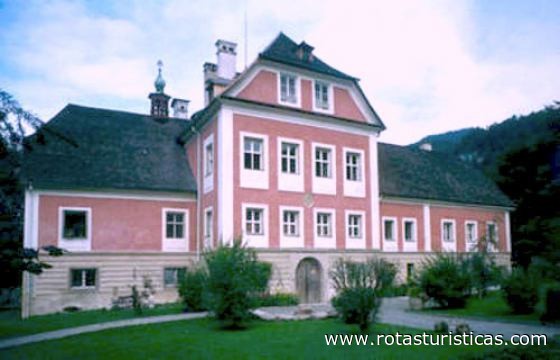 |
Königliches Schloss Berchtesgaden |
| 8,9 Km |
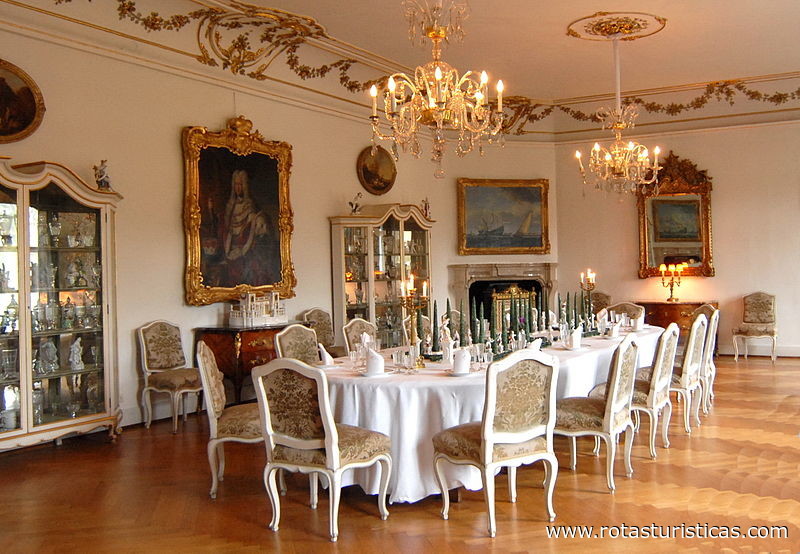 |
Johann Michael Haydn Gedenkstätte |
| 11,8 Km |
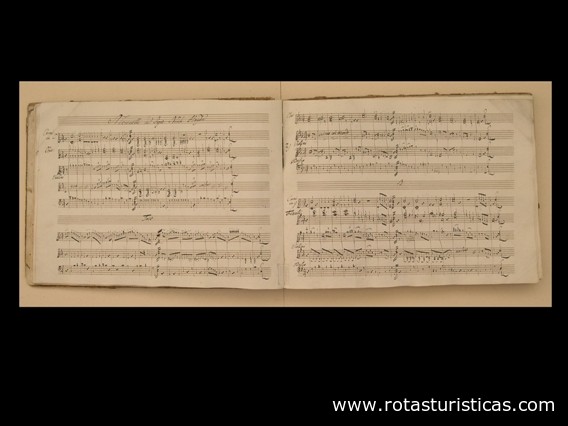 |
Kathedralenmuseum (Kathedralenmuseum) |
| 11,9 Km |
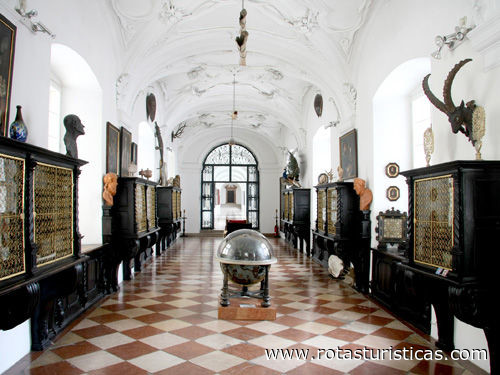 |
Salzburg Museum |
| 11,9 Km |
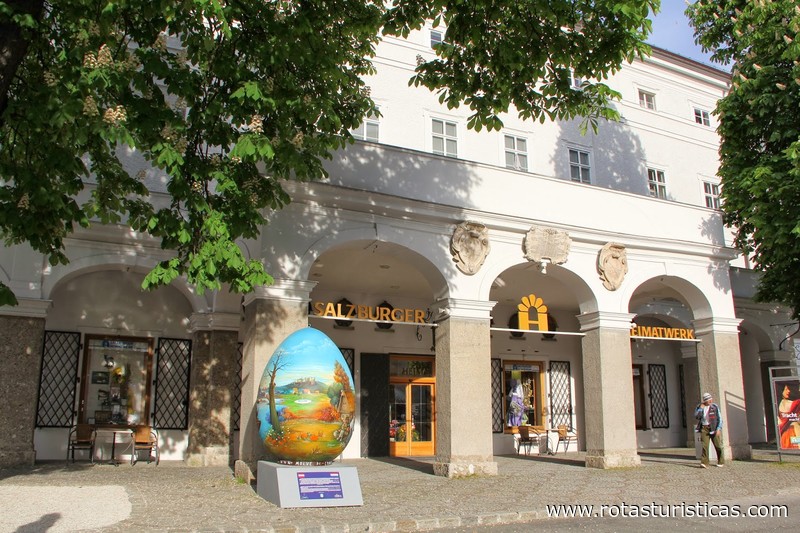 |
Residenzgalerie |
| 11,9 Km |
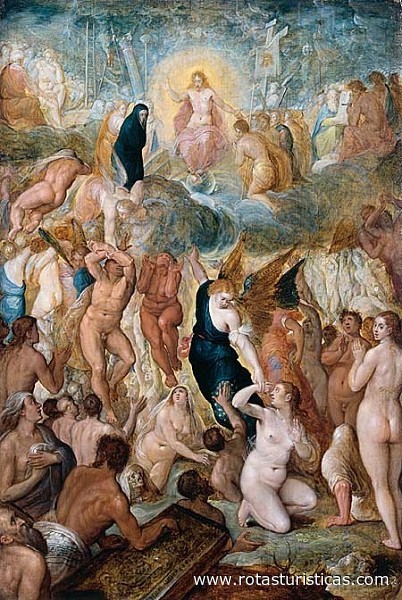 |
Museum der Moderne - Rupertinum Betriebsges |
| 12,0 Km |
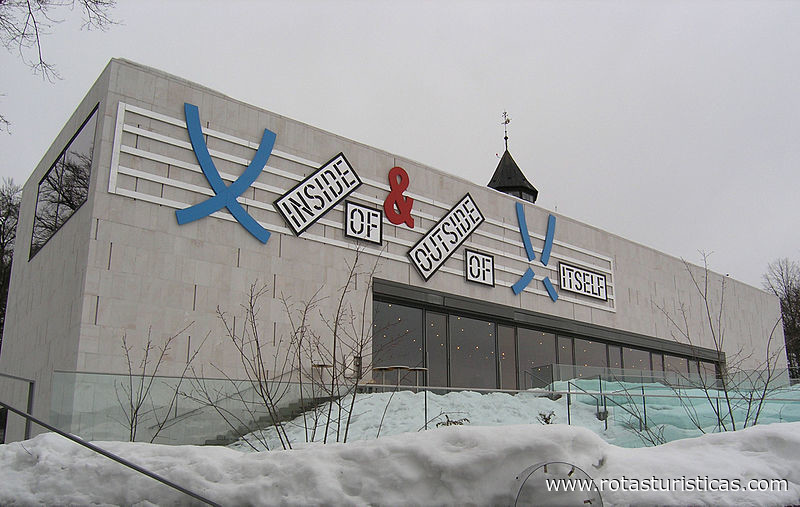 |
Mozart Geburtshaus und Mozart Archiv |
| 12,1 Km |
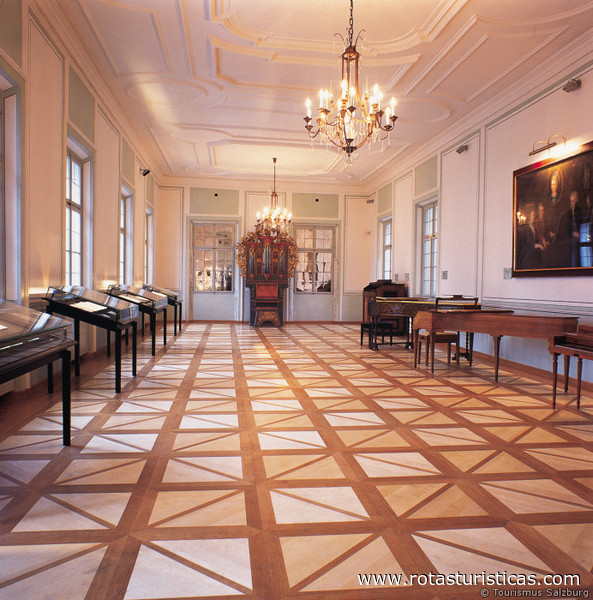 |
Salzburger Spielzeugmuseum |
| 12,2 Km |
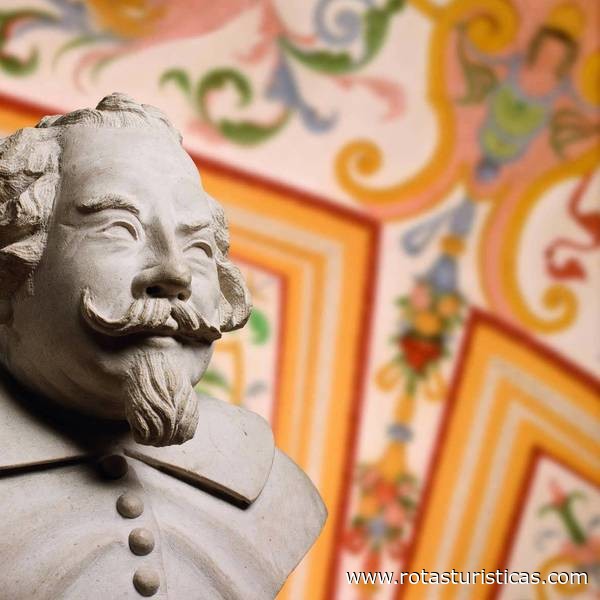 |
Haus Der Natur Salzburg |
| 12,4 Km |
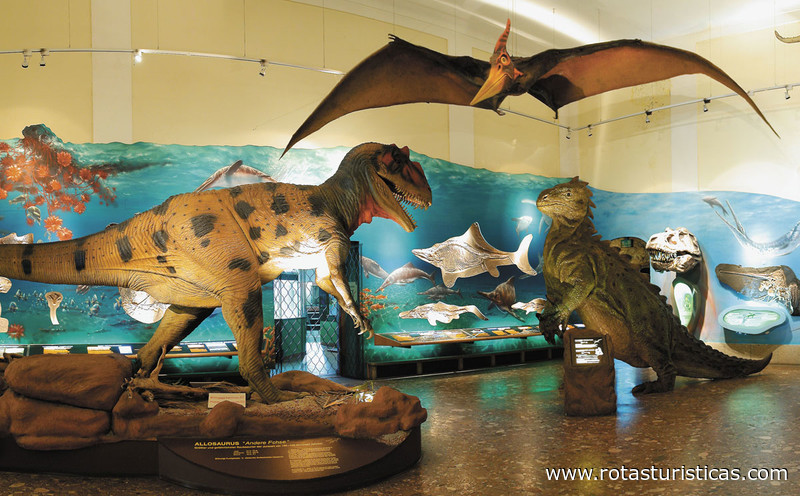 |
Red Bull Hangar-7 |
| 12,4 Km |
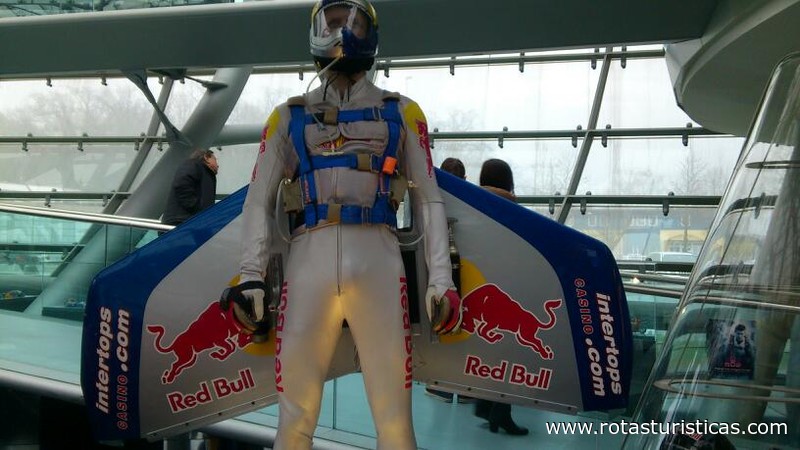 |
Burg Golling Museum |
| 12,6 Km |
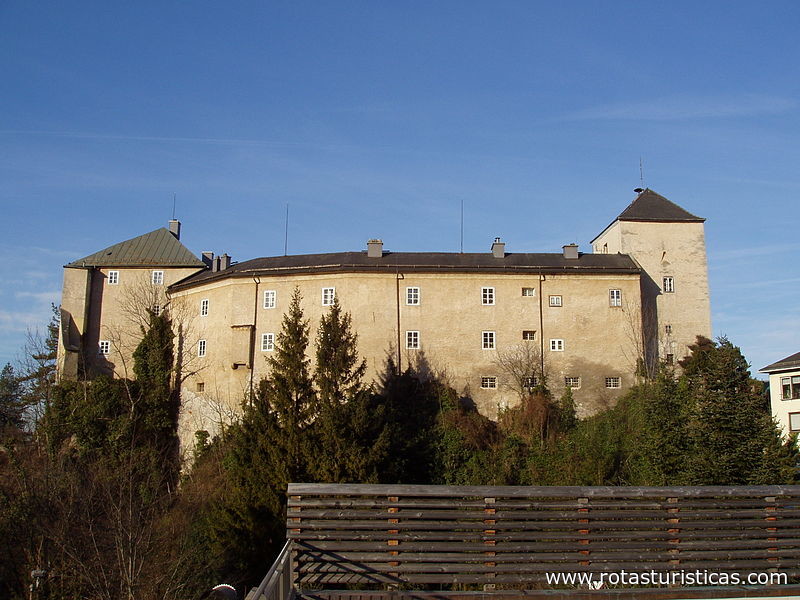 |
Salzburger Barockmuseum |
| 12,7 Km |
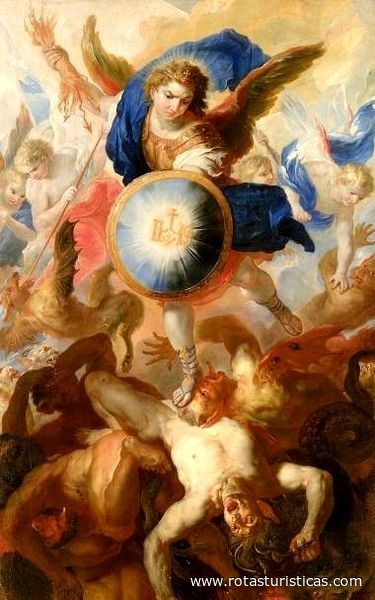 |
Lokwelt Freilassing |
| 18,2 Km |
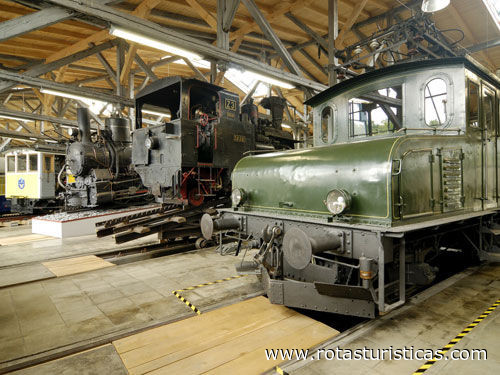 |
Hotel reservation near Hofbräu Kaltenhausen within a radius of 20 km
Why to book with TOURISTISCHE ROUTEN
The best prices
Our partnerships with the world´s largest operators offer research on the best market prices.
More options
At Rotas Turisticos you can book the hotel, buy the air ticket, book the transfer from the airport to the hotel and vice versa, book the local excursions, rent the car, take travel insurance and consult the places to visit and where to go.
Holiday Tips & Destinations
Hundreds of holiday destinations with all the options that allow you to easily choose the destination that best suits your dream vacation.
TOURISTISCHE ROUTEN
Links


